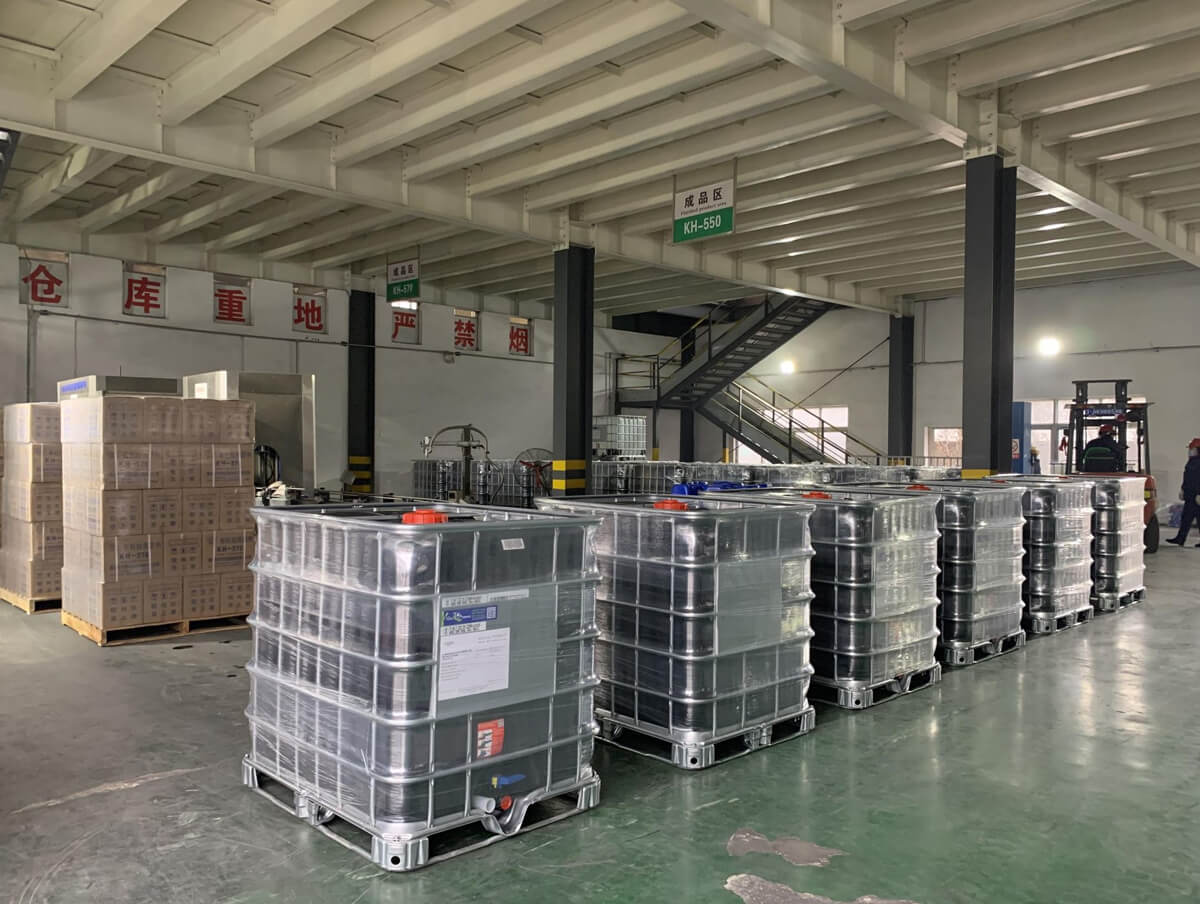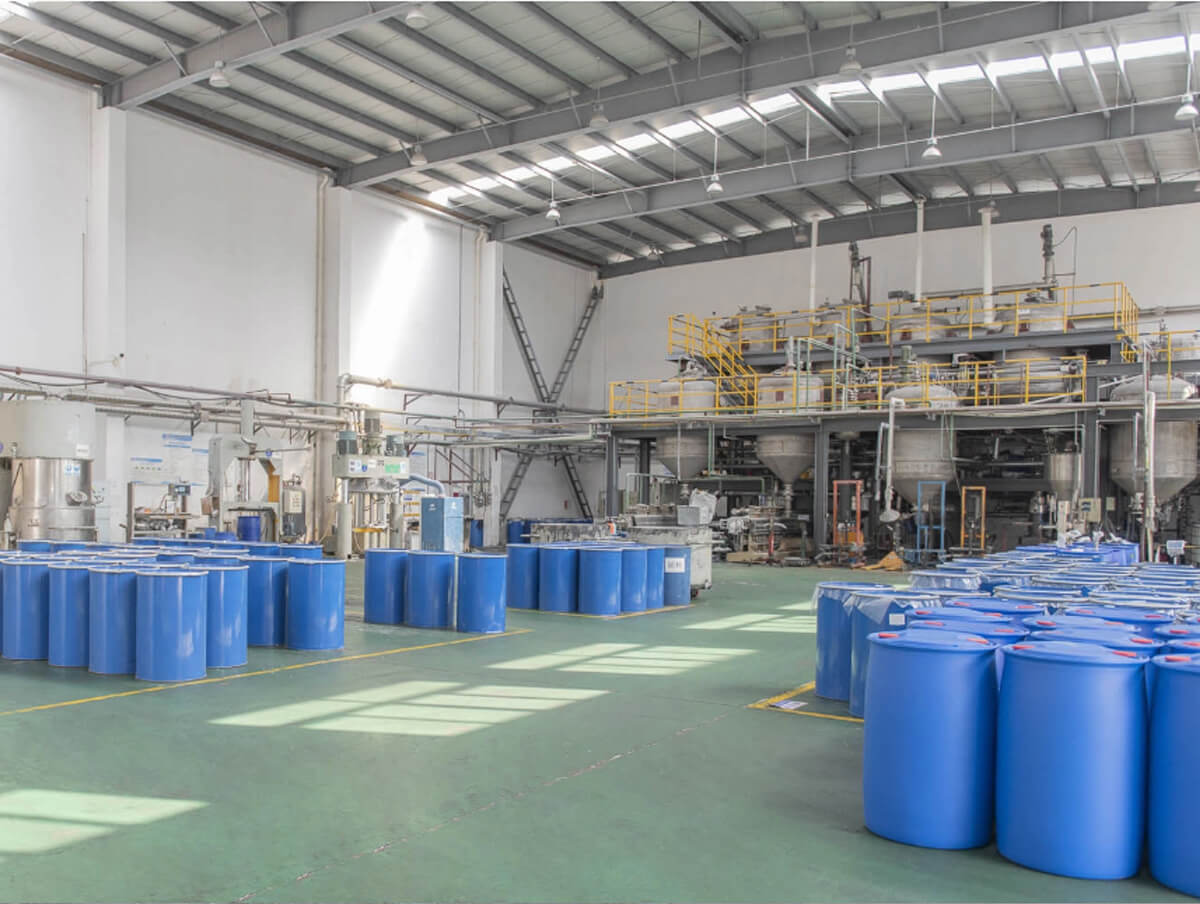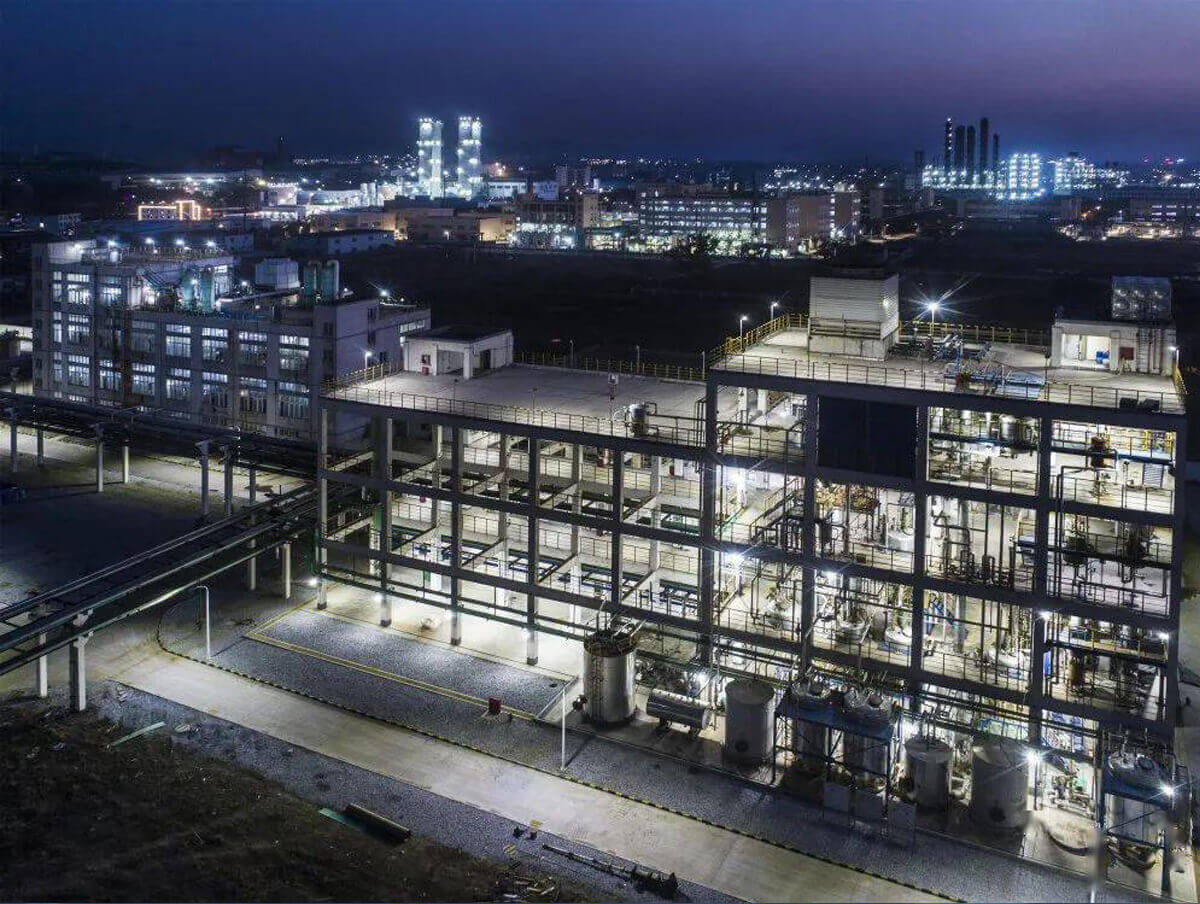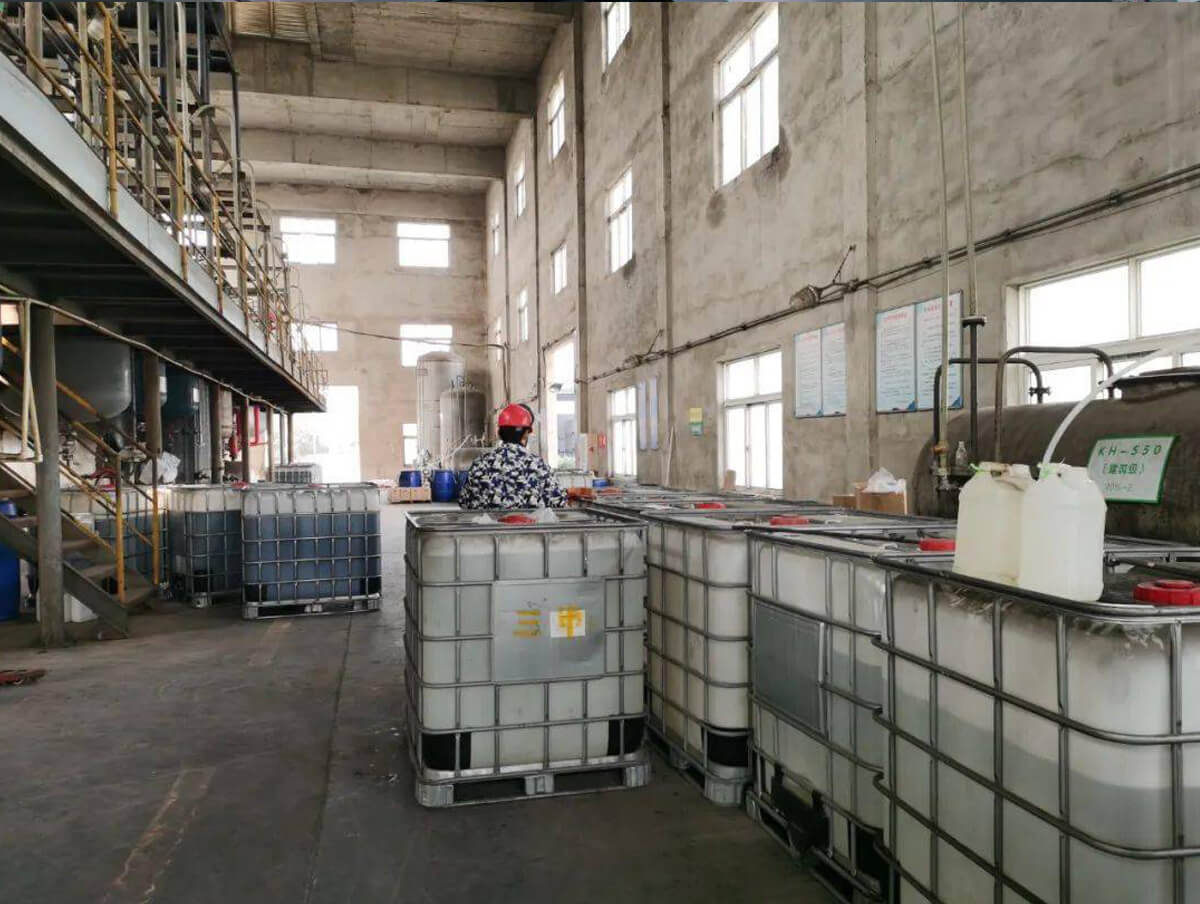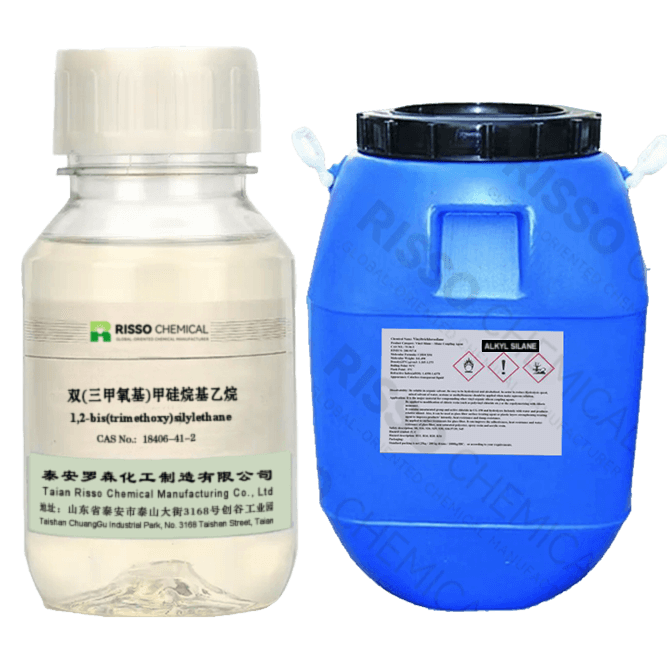
N-Dodecyltrimethoxysilane
| Chemical Name: | n-Dodecyltrimethoxysilane |
| Alias: | 1-(Trimethoxysilyl)dodecane |
| Product Category: | Alkylsilane – Silanes |
| Structural Formula: |  |
| CAS No.: | 3069-21-4 |
| EINECS: | 221-332-4 |
| Molecular Formula: | C15H34O3Si |
| Molecular Weight: | 290.51 |
N-Dodecyltrimethoxysilane Description
N-Dodecyltrimethoxysilane(CAS 3069-21-4) is a colorless and transparent liquid. It is a monomeric alkylalkoxysilane that, when exposed to moisture, is reactive with the minerals. The monomer can penetrate deeply into a substrate, and then react to form a protective surface surrounding each microscopic particle. This protective surface is extremely durable and leads to significant improvements in weather resistance. CAS 3069-21-4 silane is easy to dissolve in organic solvents to form clear, colorless, stable solutions.
Product Applications
1. Mainly used to improve the blending property and water resistance performance between inorganic fillers (such as glass, silica, kaolin ceramics, mica, and talc powder ect) and organic materials (such as plastic, rubber, rubber oil, and adhesive ect) so as to enhance the mechanical properties.
2. Can protect blank glass and coated glass (optical anti-reflex coating, vacuum AR coating and reflective coating)
3. It can protect the optical parts and precise equipments with graduations or metal frames.
4. Protect historical relics (esp. outdoor historical relics) from corrosion, freeze or efflorescence.
Product Applications
1. Mainly used to improve the blending property and water resistance performance between inorganic fillers (such as glass, silica, kaolin ceramics, mica, and talc powder ect) and organic materials (such as plastic, rubber, rubber oil, and adhesive ect) so as to enhance the mechanical properties.
2. Can protect blank glass and coated glass (optical anti-reflex coating, vacuum AR coating and reflective coating)
3. It can protect the optical parts and precise equipments with graduations or metal frames.
4. Protect historical relics (esp. outdoor historical relics) from corrosion, freeze or efflorescence.
| Alias | 1-(Trimethoxysilyl)dodecane |
| Melting point | -40°C |
| Boiling point | 125 °C |
| density | 0.89 |
| refractive index | 1.4274 |
| Fp | 108°C |
| Specific Gravity | 0.89 |
| Sensitive | Moisture Sensitive |
| Hydrolytic Sensitivity | 7: reacts slowly with moisture/water |
| BRN | 2356323 |
| Appearance | Colorless Clear Liquid |
| Purity | 96% Min |
| Hazardous |
|
| Transportation & Safety info |
|
| Packaging |
|
| Sample |
|
| Inventory items |
|
| Price |
|
Packaging Specifications


Jessica G.
Get in touch to Get
- Quick and helpful reply within 8 hours;
- Tailored solutions provided for your project;
- One-stop purchasing service.
N-Dodecyltrimethoxysilane: Guide
N-Dodecyltrimethoxysilane, an alkyltrialkoxysilane, is trifunctional with all three alkoxy groups capable of hydrolysis. It is readily soluble in organic solvents and forms a clear, colorless, stable solution.
Hydrolysis produces silanol groups which, in condensation reactions, form very stable siloxane bonds (-Si-O-Si-). Once a certain amount of silanol groups are formed, condensation and hydrolysis occur simultaneously. The absolute and relative rates of hydrolysis and condensation depend on many factors. The most important factors include pH, concentration, solvent, temperature and catalyst.
Hydrolysis produces silanol groups which, in condensation reactions, form very stable siloxane bonds (-Si-O-Si-). Once a certain amount of silanol groups are formed, condensation and hydrolysis occur simultaneously. The absolute and relative rates of hydrolysis and condensation depend on many factors. The most important factors include pH, concentration, solvent, temperature and catalyst.



